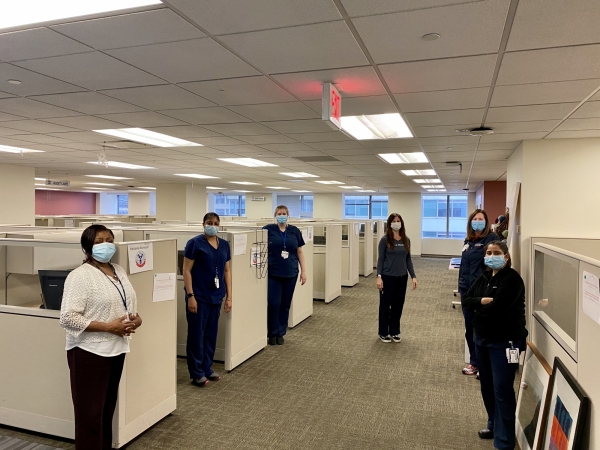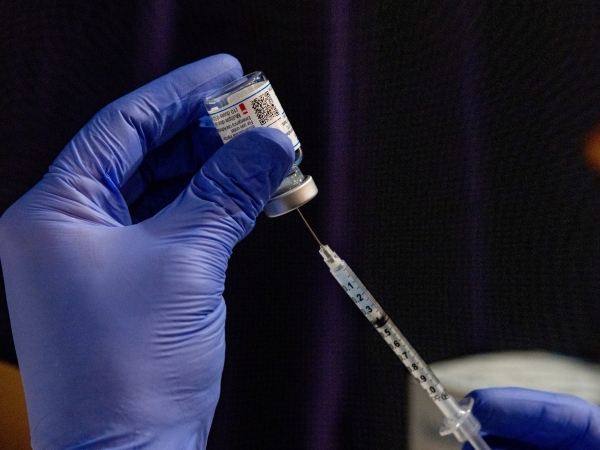At the onset of the COVID-19 pandemic, health systems across the country and the world faced unprecedented challenges and hardship. People suffering from the virus needed life-saving care, with guidelines changing by the day, if not the hour. At the same time, health care workers needed to be protected from infection, and other patients required health care support to address other urgent needs.
Multiple groups involved in the Center for Applied Health Informatics came together to face these challenges, devising innovative solutions involving technology, health information, and improved workflows. COVID-19 testing, patient outreach, vaccination deployment, and telemedicine are just a few of the areas where Penn Medicine groups excelled in using health informatics to respond to multiple new health care needs. The resilience, flexibility, single-minded focus, and innovative spirit employed during the pandemic will help those groups address myriad other issues facing the health care system today and in the future.

COVID-19 Virtual Safety Nets

Telehealth



